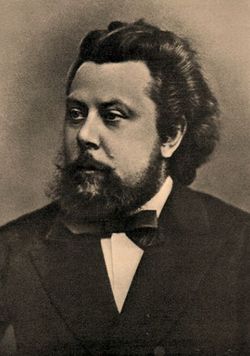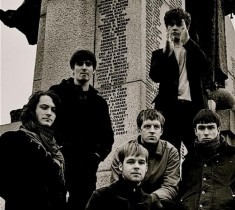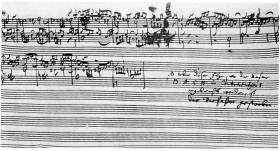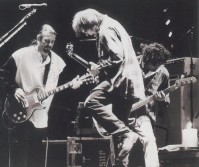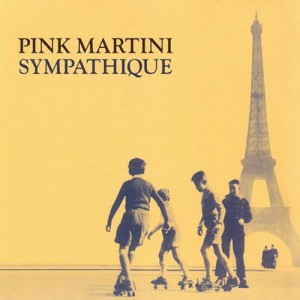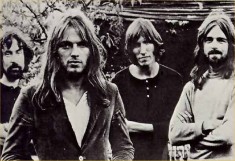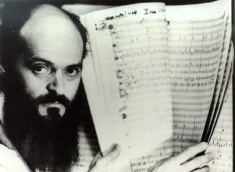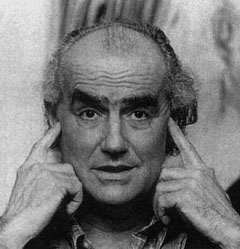
Tonight I wound up looking for more discs to rip on my own. I’ve been under the weather the past few days (almost completely lost my voice yesterday) and decided I would take tonight mostly off and get some music onto the server. I discovered that I haven’t even touched my Nono discs (from the looks of it), so I grabbed the whole collection and got to work. It looks like a stack of twelve CDs or so.
Pretty early on in grad school, I discovered ‘Fragmente Stille… An Diotima’, Nono’s string quartet. I heard about, described as 35 minutes of mostly silence, punctuated by mostly soft, slow activity. Occasionally, bright flourishes would appear. I had to hear the piece. At the time, the ‘suggested’ La Salle Quartet recording was out of print (only recently showing up again as a digital download) but I was able to find a disc with the Arditti Quartet performing the piece. If I had heard the piece a month earlier, I probably wouldn’t have appreciated it. A month later and it might have been too late. It is one of those pieces that you really need to be prepared to listen to, and I imagine you need to be in a place where you are receptive to a piece like this. If the world of modern classical music is small already, I imagine the number of people that hear this piece and enjoy it is really small. Your body has to slow down to hear it, and if you can find a time and place to do it, I think what you get back from the experience is one of the masterpieces of the 20th century, perhaps the most significant string quartet written after Beethoven.
I did an analysis of the piece as one of doctoral exam topics, and I learned an amazing amount about music, composition, and about what music analysis can and can’t do. While the analysis I did was (and I think still is) pretty stunning, it also showed me that it isn’t what I want to do. If there was any question in my mind before this process about whether I would be a better music theorist or a better composer, this work showed me it was the latter. And it really comes down to one chord. In the Arditti recording, a chord comes in at about 25:28, and lasts for about 30 seconds. It is rich, warm and shimmering, and in the context of the first 25:30 of the piece, that chord is like a warm bath for your ears. The structure of it is interesting, but to only look at the intervals that make it up doesn’t really show you anything. It doesn’t really matter if it comes from melodic material in other parts of the work, or appears in other disguises elsewhere. The only thing that actually matter is that after almost half an hour of sparse texture and occasional string chattering, this chord is an anchor of wonderful sound. Out of context, it sounds nice. To just skip ahead and play it though is a cheat to you, the listener. It’s just a chord. But to have it appear suddenly, and last for so long, it brings your attention which has certainly started to wander by this point back into focus. It is an amazing trick Nono has pulled, and it is a treat for those that have made it that far on the journey through his quartet. It also helps propel you through the rest of the piece.
This moment, so magical, told me that if I was going to be spending my time with music for the rest of my life, then I wanted to spend it creating these moments rather then explaining them.



